Top tips for gardening in January: Protect lettuce from the sun, keep soil moist, make your own fertiliser, plant celery
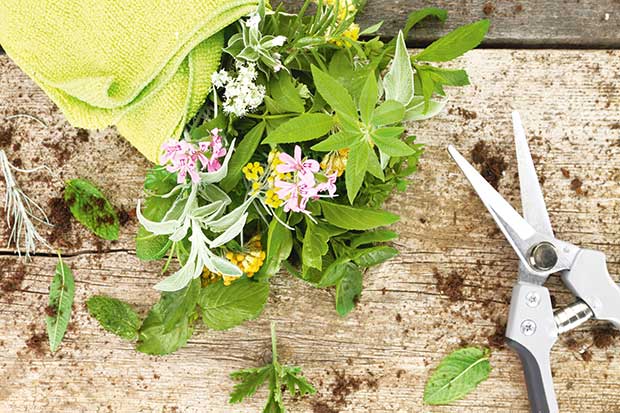
Moisture and sunlight have a good and bad effect, depending on what you’re growing.
Words: Jane Wrigglesworth
• Protect lettuce from the midday sun. High heat and lack of water can cause your salad greens to develop a bitter taste. Lettuce leaves need plenty of water to remain sweet and crisp. Brown edges are a sure sign they’re thirsty. Water often to keep them succulent. You can plant lettuce in among corn or tomato plants to provide them with a little shade.
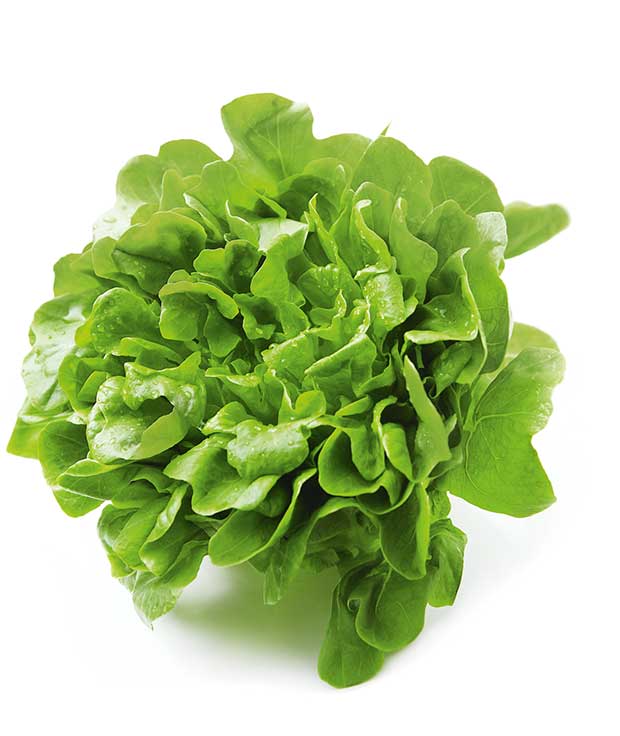
• Conserve soil moisture. Aphids and shield bugs are attracted to stressed or weakened plants, especially those affected by lack of water.
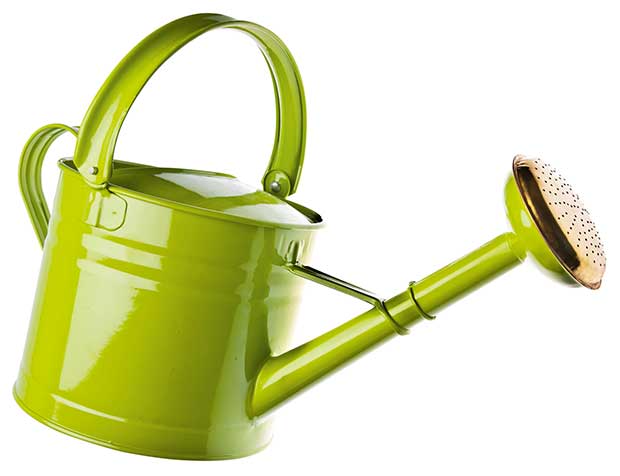
• Black aphids tend to move in on chives and spring onions when plants are gasping for water. Commit to a daily watering regime during summer and start mulching to conserve moisture in the soil. Mulching slows down water loss through evaporation and keeps weeds at bay, which compete for moisture.
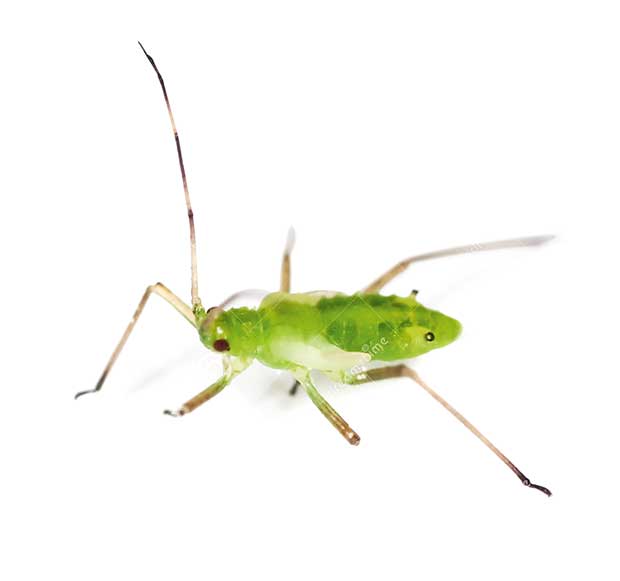
• Seedlings of celery, brassicas, leeks, parsnips, swede and turnips can all be planted now.
• Sow lettuce, rocket, radishes, spring onions and carrots every fortnight for a continuous supply of salad ingredients.
• Use comfrey leaves to make your own fertiliser. Comfrey is naturally high in potassium, and tomatoes, potatoes, cucumbers and peppers love it. To make a nutritious tea for your plants, fill a bucket with comfrey leaves, top up with water and cover. Leave to decompose for 3-5 weeks, stirring occasionally (hold your nose). Strain the sludge (put it on your compost heap) and apply a solution of half comfrey/half water around your plants.
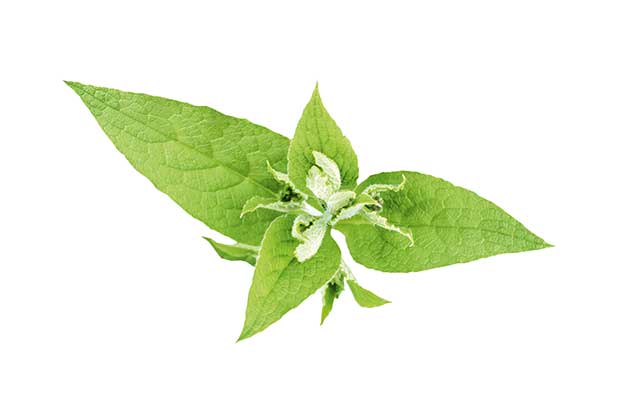
• Keep herbs cut back to encourage new and tender growth. Nip off the tips of mature basil plants to prevent flowers from forming.
• Feed leafy vegetables regularly with a liquid fertiliser that’s high in nitrogen, which is ideal for leaf production.
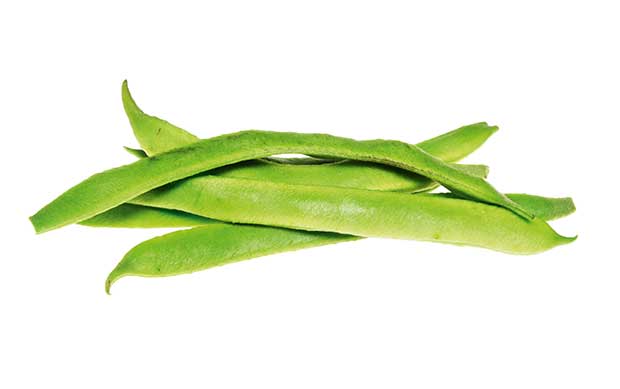
• In warmer areas, dwarf and climbing beans can still be sown for autumn harvest.
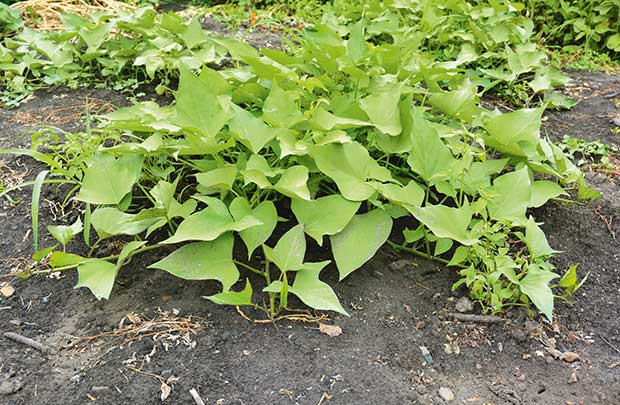
• Regularly lift kumara foliage to prevent it rooting where leaf nodes touch the soil. This way, the plant’s energy goes into producing tubers, not more foliage.
Love this story? Subscribe now!
 This article first appeared in NZ Lifestyle Block Magazine.
This article first appeared in NZ Lifestyle Block Magazine.
